What is Kenpo Karate and where did this unique and powerful fighting art originate from?
Let us take a deeper look into this martial art that combines power, precision, and practicality.
We look at the origins of Kenpo in Chinese Kung Fu and the influences of Japanese martial artists and later American practitioners that then led to the development of at least 7 styles of Kenpo practiced in the world today.
We will explore the key features that set this martial art apart, such as its emphasis on practical self-defense, its intricate forms (katas), the ability to defend against multiple attackers, and its utilization of sparring as a training tool.
Furthermore, we will unravel the philosophy behind Kenpo Karate, as it instills discipline, self-confidence, and personal growth.
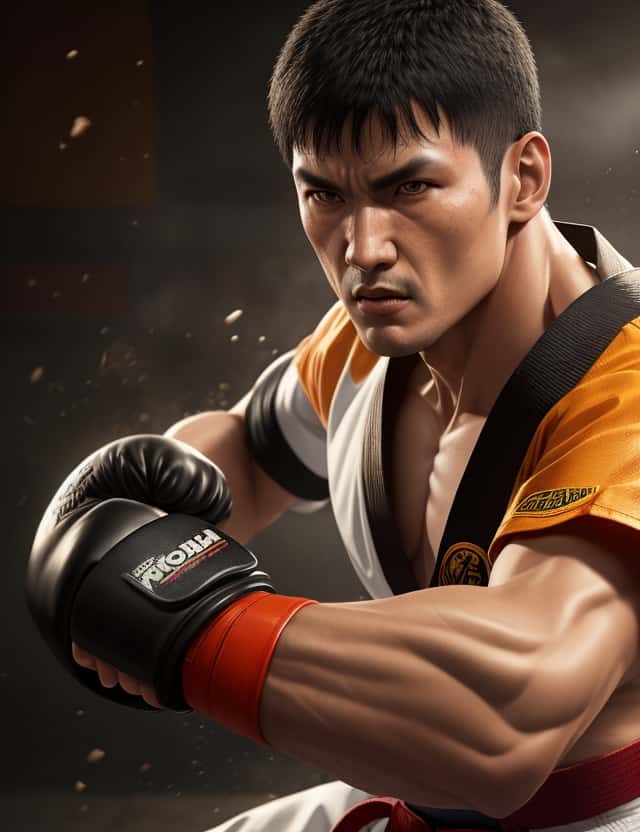
The mental and spiritual aspects of this art are just as vital as the physical techniques, promoting self-awareness, focus, and a sense of harmony.
Throughout this article, we will also touch upon the belt ranking system, which symbolizes the progression and mastery of skills in Kenpo Karate.
Additionally, we’ll explore the diverse interpretations and variations of Kenpo Karate, highlighting its adaptability to suit different individuals’ strengths and body types.
So, whether you’re intrigued by the artistry of martial arts or seeking a practical means of self-defense, Kenpo Karate offers a comprehensive package that caters to a wide range of interests and goals.
Where does the Term ‘Kenpo’ Come From?
The term “kempo” has its origins in China and has been adopted by various martial arts styles throughout history.
In Chinese, the term is written as “quán fǎ” (拳法), which translates to “fist method” or “fist law.”
It refers to the techniques and principles of martial arts that utilize strikes and punches as the primary means of combat.
When the term “kempo” was introduced to Japan, it underwent a slight modification in pronunciation and became “kenpo” (拳法).
The Japanese term “kenpo” carries the same meaning as its Chinese counterpart, signifying a system or method of fighting that centers around the use of fists and striking techniques.
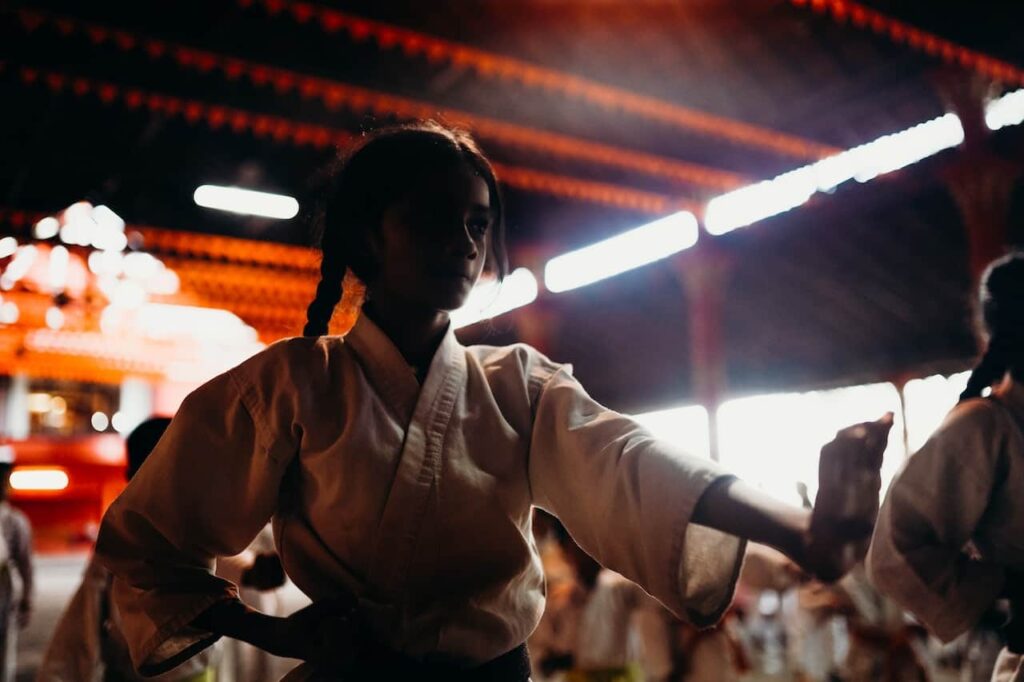
In the context of martial arts, “kempo” or “kenpo” has come to represent various styles that incorporate striking techniques, kicks, throws, and other martial arts principles.
Different martial arts styles, such as Okinawan Kenpo, American Kenpo, and Shaolin Kenpo, have adopted the term “kempo” or “kenpo” in their names to reflect their focus on striking techniques and their lineage to Chinese martial arts.
It’s important to note that the term “kempo” or “kenpo” may have variations in different languages and cultures, but the underlying concept remains consistent—an art form that emphasizes the use of fists and strikes as a central aspect of combat.
Kenpo’s Fighting & Training Philosophy
Below we take a deeper look at the main philosophies and approaches that all the different Kenpo styles take when it comes to combat and learning and training.
Self-Defense
Kenpo places a strong emphasis on practical self-defense applications.
Students learn various techniques and strategies to defend themselves against common attacks, including grabs, punches, and kicks.
Forms (Katas)
Kenpo practitioners learn a series of prearranged movements known as forms or katas. These forms help students develop coordination, balance, and proper technique.
Each form typically consists of a sequence of strikes, kicks, and defensive maneuvers performed in a specific pattern.
Multiple Attackers
Kenpo training often includes scenarios where practitioners learn how to defend themselves against multiple attackers.
Techniques like evasive footwork, quick strikes, and efficient takedowns are employed to neutralize threats effectively.
Belt Ranking System
Kenpo, like many martial arts, typically employs a belt ranking system to denote a practitioner’s level of proficiency.
The color belt system progresses from beginner levels (white belt) to advanced levels (black belt), with various intermediate belt colors in between.
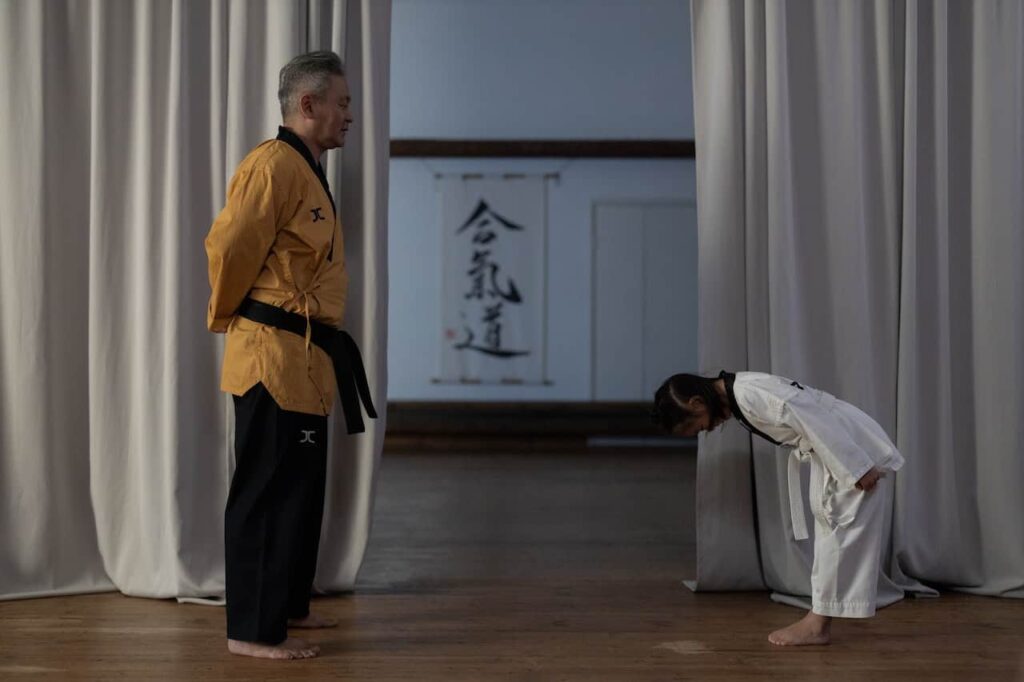
Sparring
Kenpo incorporates controlled sparring or free-fighting exercises to develop practical application of techniques in a dynamic setting.
This allows practitioners to test their skills, timing, and reflexes against a resisting opponent.
Joint Locks and Throws
Kenpo includes joint locks, such as wrist locks and arm bars, which can be used to control and neutralize an attacker.
It also involves throwing techniques that utilize an opponent’s momentum against them, enabling the practitioner to gain an advantageous position.
Mental and Spiritual Development
Alongside physical training, Kenpo emphasizes mental and spiritual growth. It promotes discipline, focus, self-confidence, and self-awareness.
Many practitioners find that the study of Kenpo extends beyond physical techniques and impacts their daily lives positively.
7 Styles of Kenpo
There are many differenet and distinct styles that orginate out of Kenpo that are taught and trained in the world today.
So, while there are several variations and lineages of Kenpo Karate, here are descriptions of the seven main types of Kenpo that have gained recognition and popularity.
Ed Parker’s American Kenpo:
Developed by the late Ed Parker, American Kenpo is one of the most widely practiced styles of Kenpo Karate. It emphasizes rapid, powerful strikes, fluid footwork, and a comprehensive system of self-defense techniques. American Kenpo incorporates both hard and soft techniques, blending fast hand strikes with circular movements, joint locks, and throws. It also incorporates modern principles of physics and biomechanics to enhance efficiency and effectiveness.
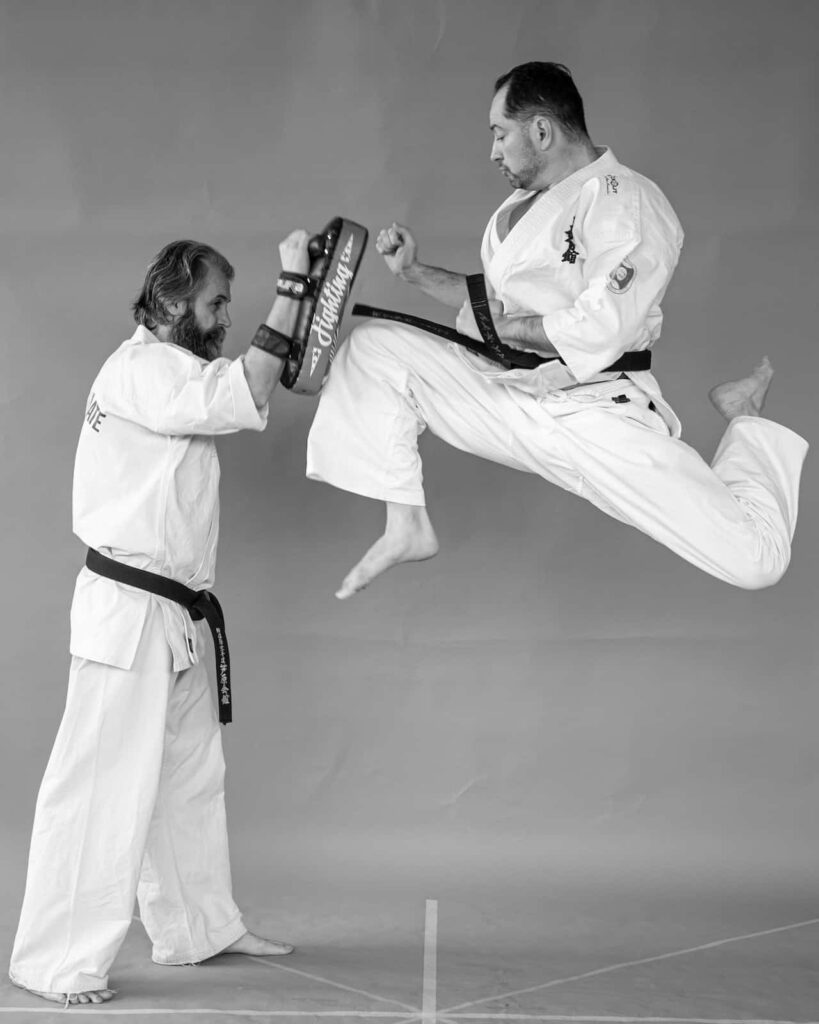
Tracy’s Kenpo:
Tracy’s Kenpo, also known as Tracy Kenpo or Tracy’s System, is an offshoot of American Kenpo. It was developed by a group of Ed Parker’s black belt students, known as the Tracy brothers.
Tracy’s Kenpo maintains the core principles of American Kenpo while placing a particular emphasis on practical self-defense and street applicability.
It focuses on rapid strikes, efficient body mechanics, and a diverse range of techniques to handle various attack scenarios.
Shaolin Kenpo:
Shaolin Kenpo draws its inspiration from the Shaolin Temple in China, renowned for its martial arts heritage. It combines elements of traditional Chinese Kung Fu with Kenpo principles.
Shaolin Kenpo incorporates dynamic hand techniques, kicks, acrobatics, and internal energy cultivation.
It emphasizes strong stances, intricate forms (katas), and diverse training methods to develop power, flexibility, and discipline.
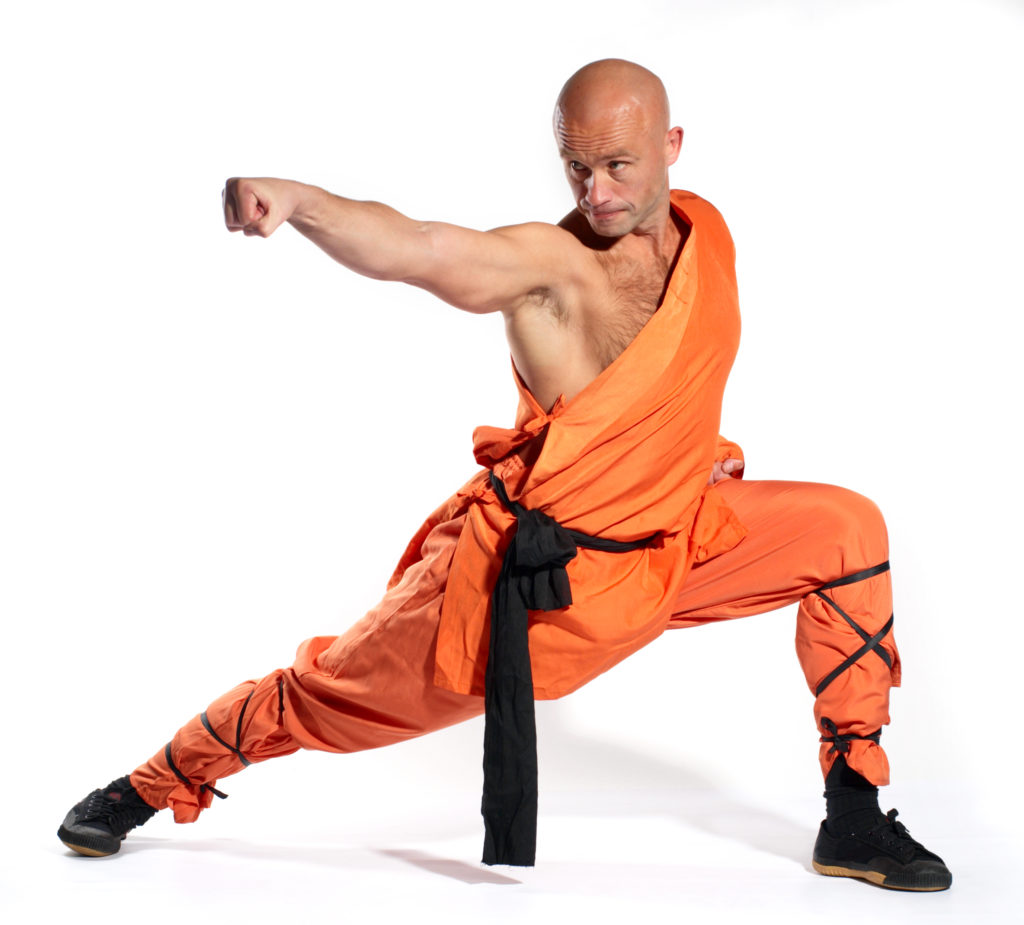
Kosho-Ryu Kenpo:
Kosho-Ryu Kenpo, founded by James Mitose, is deeply rooted in Japanese martial arts traditions.
It blends Kenpo techniques with concepts from Kempo Jujitsu, emphasizing close-quarter combat, joint locks, throws, and ground fighting techniques.
Kosho-Ryu Kenpo places great importance on kata training, internal energy development, and the application of pressure points to subdue opponents effectively.
Kajukenbo
Kajukenbo is a unique hybrid martial art that originated in Hawaii during the late 1940s.
It combines elements of Karate (KA), Judo and Jujitsu (JU), Kenpo (KEN), and Chinese Boxing (BO).
Kajukenbo was developed as a practical self-defense system to address real-world combat situations. It incorporates a blend of striking techniques, joint locks, throws, and grappling maneuvers.
Kajukenbo practitioners are known for their adaptability and ability to transition seamlessly between different ranges of combat.
Okinawa Kenpo
Okinawa Kenpo Karate is a martial art that originated in Okinawa, Japan, and shares its roots with traditional Okinawan martial arts.
Shigeru Nakamura, born in 1921, was a prominent figure in the development and propagation of this style during the 20th century.
Nakamura began his martial arts journey studying Shorin-Ryu Karate under Chotoku Kyan, a renowned Okinawan master.
Over time, Nakamura integrated his experiences and knowledge, along with his understanding of Chinese martial arts, to create his own unique system known as Okinawa Kenpo Karate.
Okinawa Kenpo Karate focuses on practical self-defense applications and utilizes a combination of striking techniques, kicks, throws, joint locks, and grappling maneuvers.
Nakamura’s style emphasized efficiency and adaptability in combat scenarios, with techniques designed to be effective in real-life situations.
Shorinji Kenpo
Shorinji Kempo is a martial art that was developed by Doshin So (1911-1980) in Japan in the mid-20th century.
Rooted in both traditional Chinese martial arts and Japanese Zen Buddhism, Shorinji Kempo encompasses self-defense techniques, physical conditioning, and moral and ethical teachings.
Shorinji Kempo continues to be practiced worldwide, with its own organizational structure and rank system.
While the style has its core principles and teachings, individual instructors may have their own variations and interpretations based on their experience and training.
The aim of Shorinji Kempo is to foster personal growth, physical well-being, and the development of a strong moral character in its practitioners.


